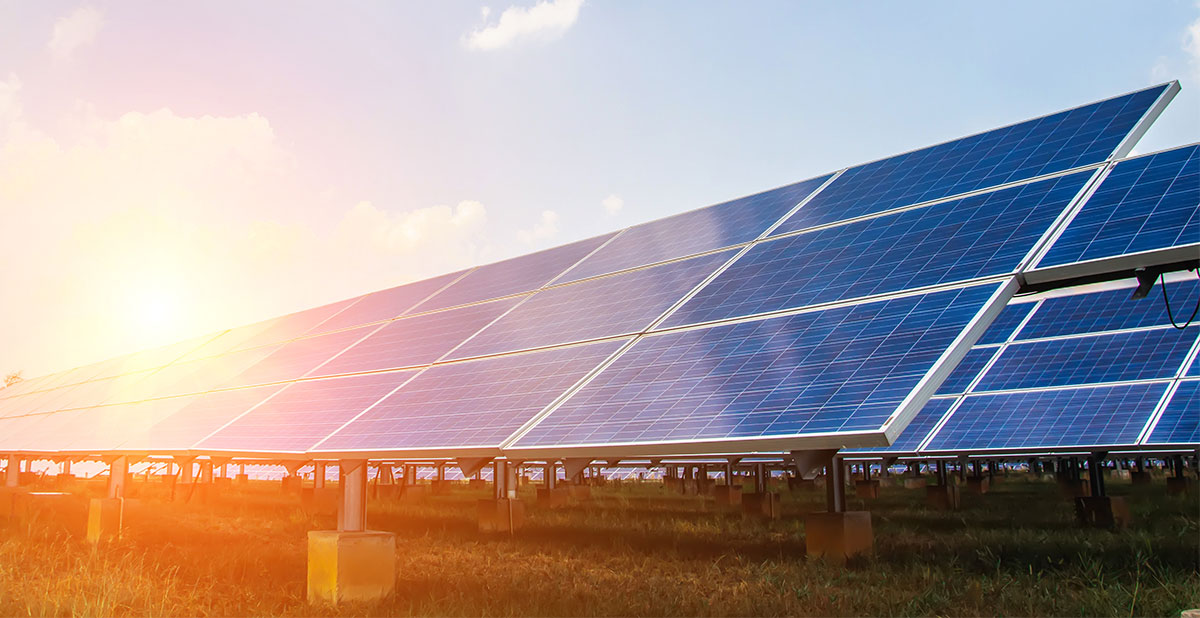Industry
Intelligence
Access a robust library of industry intelligence, featuring podcast interviews, whitepapers, and articles packed with groundbreaking insights.
Access a robust library of industry intelligence, featuring podcast interviews, whitepapers, and articles packed with groundbreaking insights.

Given the tax incentives currently on the table and a variety of regulatory, social and economic tailwinds, more installers than ever are recognizing that there’s real value in helping SMBs overcome the financial hurdles to going solar.
When calculating mortgages for commercial properties, lenders will be in one of three scenarios, and each carries distinct implications for lenders, which are important to understand to navigate solar-related financing.
The whole of the Fortune 500 is looking into clean energy tax credit transferability deals, according to tax credit investment banking firm Foss & Company. Advanced manufacturing tax credit incentives in the US clean energy space could also grow to be worth billions of dollars a year.
With $2 trillion invested in clean energy in 2024 alone, the performance, reliability, and safety of these assets is top of mind for stakeholders who have a vested interest in their success. As such, responsible solar safety is vital to protecting investment dollars, property, and – most importantly – lives.
The tax equity market is now a roughly $20 billion per year financial sector in which banks and other large financial institutions partner with clean energy developers and use their tax credits to reduce their massive tax burdens. Crux Climate forecasts that the volume of transactions in this new market will reach $22 billion to $25 billion.